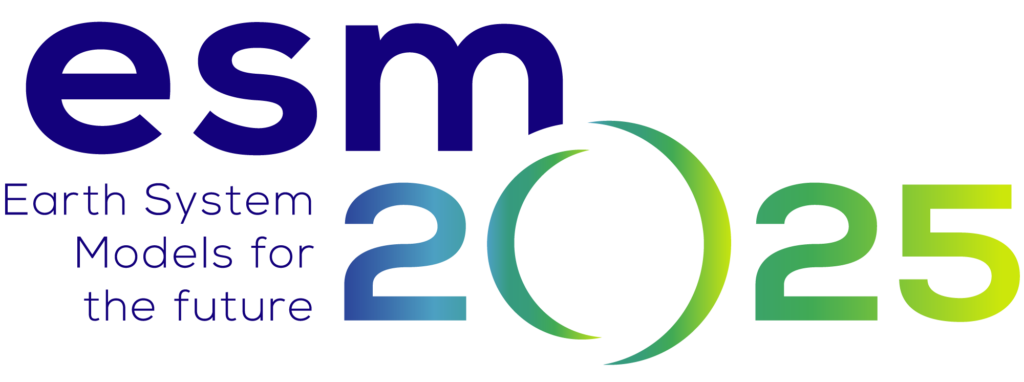WP 4/5 - Coupled Methane cycle
Methane (CH4) is the second most important present-day greenhouse gas (GHG). In addition to being a strong GHG, methane also indirectly impacts the climate as it also affects ozone, stratospheric water vapor and possibly aerosols. The sources of methane to the atmosphere are partially anthropogenic, but methane also has substantial natural emission sources like emissions from lakes, wetlands, thawing permafrost or termites which can be sensitive to the climate and CO2 concentration.
Possible future CH4 reductions can play an important role in mitigating climate change, but also in determining global-scale air quality. To fully address the role that methane may play in meeting ambitious climate targets and to assess any potential co-benefits and trade-offs from methane reduction strategies requires ESMs to have fully interactive methane cycles. This means that the ESMs will take into account methane emissions, and in addition, for the natural sources, how these emissions change under a changing climate.
This work package (WP) will build on developments and progress in the individual components of the models (WPs 1, 2 and 3). Our main objective is to extend the capabilities of ESMs by developing and implementing an interactive methane cycle in the ESMs. This means that methane concentrations will no longer be prescribed (in the whole atmosphere or at the surface level), but will be able to freely evolve by explicitly taking into account methane emissions (both anthropogenic and natural) and methane sinks. Secondly, as it is improbable that all methane source strengths and the atmospheric methane lifetime will be correctly represented, considerable effort is required to obtain stable atmospheric methane concentrations under preindustrial conditions. In a final phase we plan to make historical and scenario simulations with the interactive methane cycle active in the ESMs.
Institutions involved: The UK Met Office, the Norwegian Meteorological institute, Météo-France and MPG-MPI-M/C are involved in developing the active CH4 coupling in their respective ESMs. These institutes wil together with DLR and SMHI also do an evaluation of new coupled CH4 simulations. The UK Met Office and the Norwegian Meteorological Institute are responsible for the coordination of the work package.
WP4/5 Leaders

Fiona O'Connor
In ESM2025, I co-lead WP 4/5 with Dirk Olivié from the Norwegian Meteorological Institute. Within this WP, we are aiming to implement and evaluate interactive methane cycles with a number of European Earth System Models. We will then apply these models to quantify how climate change may impact natural sources of methane and/or how actions to reduce anthropogenic emissions of methane will impact on climate and air quality.

Dirk Olivié
In ESM2025, I co-lead WP 4/5. In these WPs, we will try to implement a fully interactive methane cycle in ESMs. As these ESMs are in different phases of development, the interaction and transfer of knowledge between the different groups will be very useful. We will also try to harmonize the various external forcings in these ESMs concerning methane, allowing for an easier comparison of the model performance. I will contribute to the development of the interactive methane cycle in NorESM.
WP4/5 Milestones & Deliverables
MS4.1 – 30 November 2021
Agreed protocol for XCA2 demonstration simulations
MS4.2 – 30 November 2022
Forcing data and emissions compiled and harmonized for use in XCA2 demonstration simulations
D4.1 – 31 May 2023
Technical report on the implementation of a coupled methane cycle in project ESMs
MS5.1 – 31 May 2024
Preliminary assessment of pre-industrial state/stability
MS5.2 – 30 November 2024
Demonstration runs with coupled ESMs delivery data to XCA2
D5.1 – 30 November 2025
Report on simulated CH4 cycle over historical and future periods
